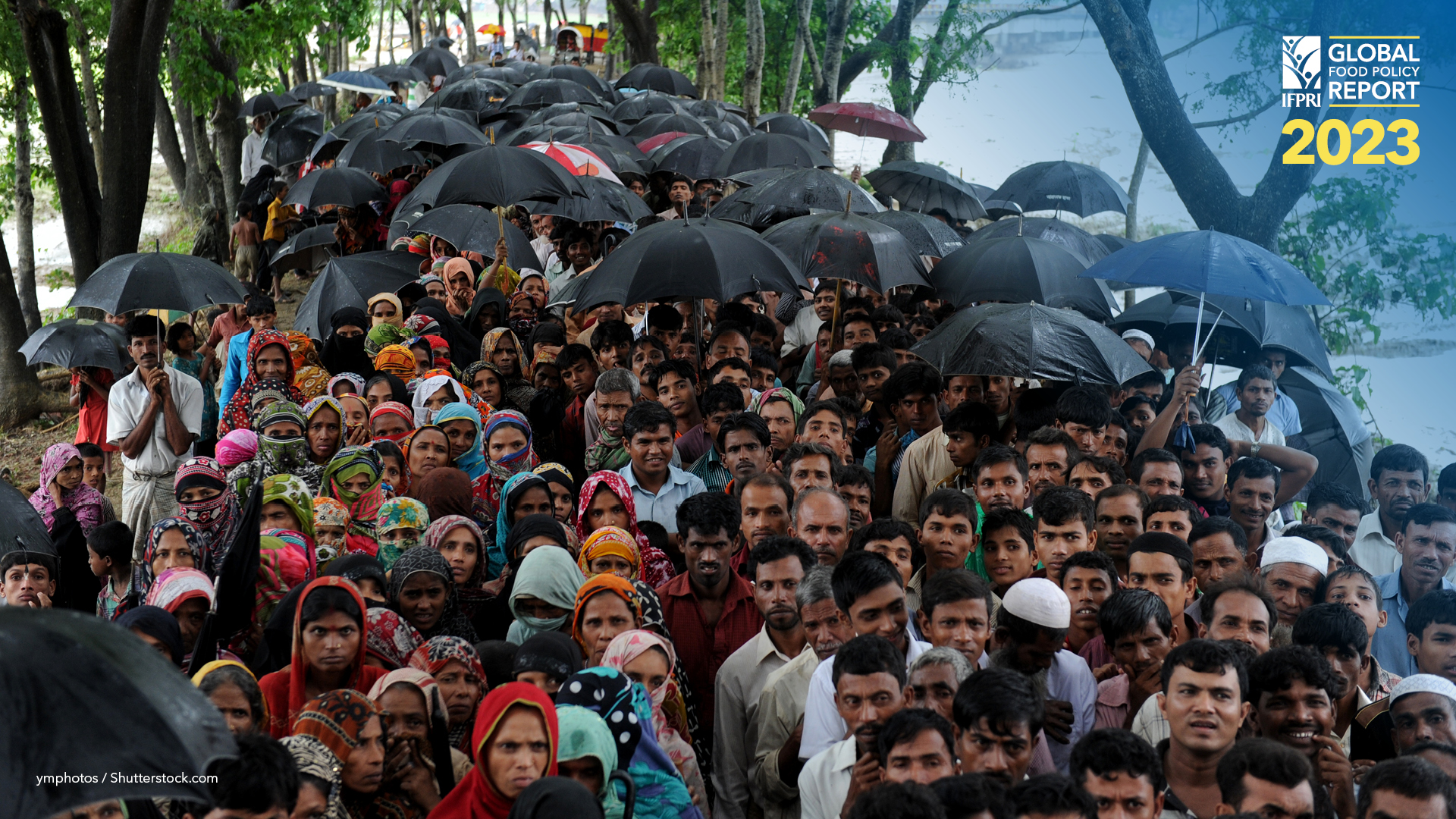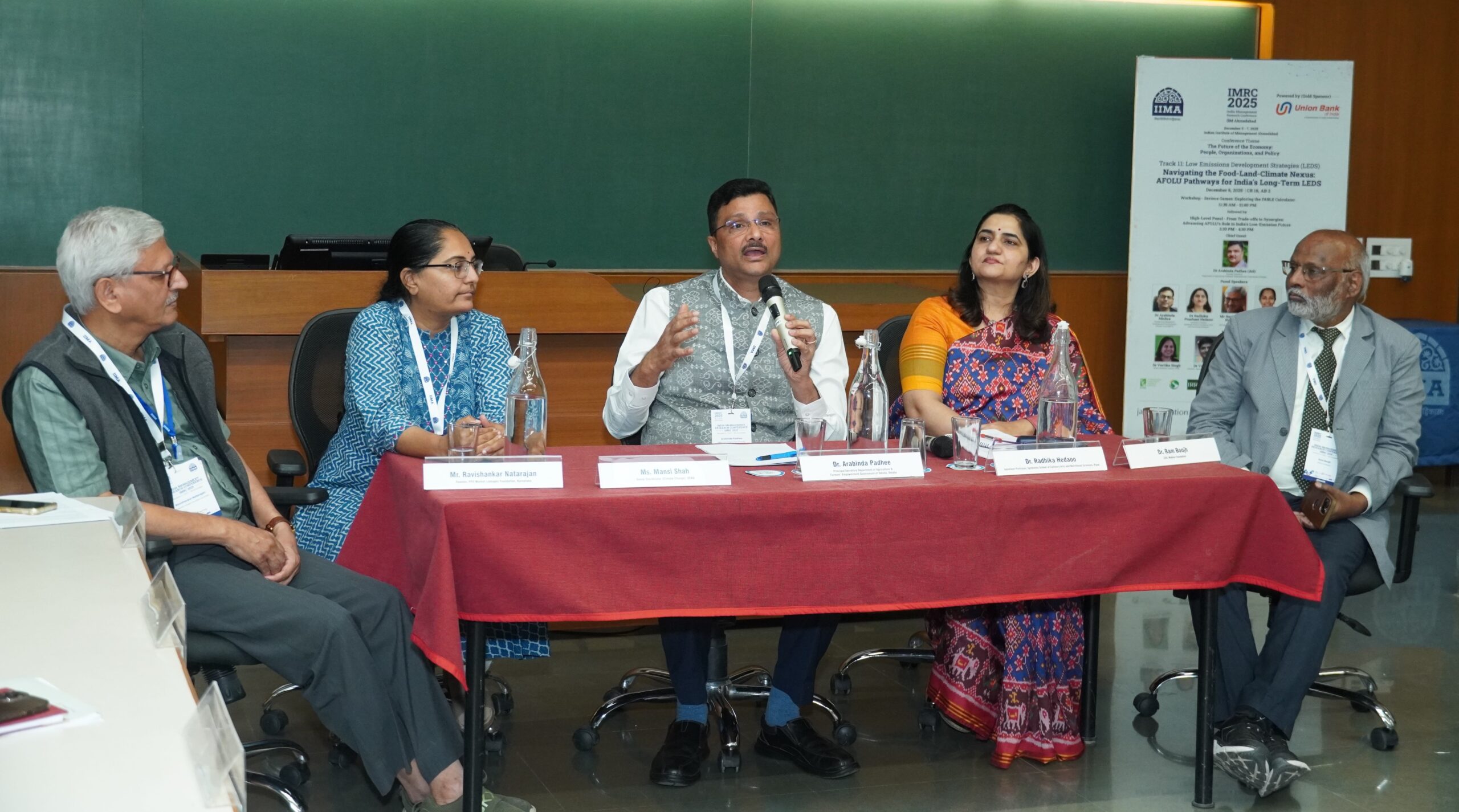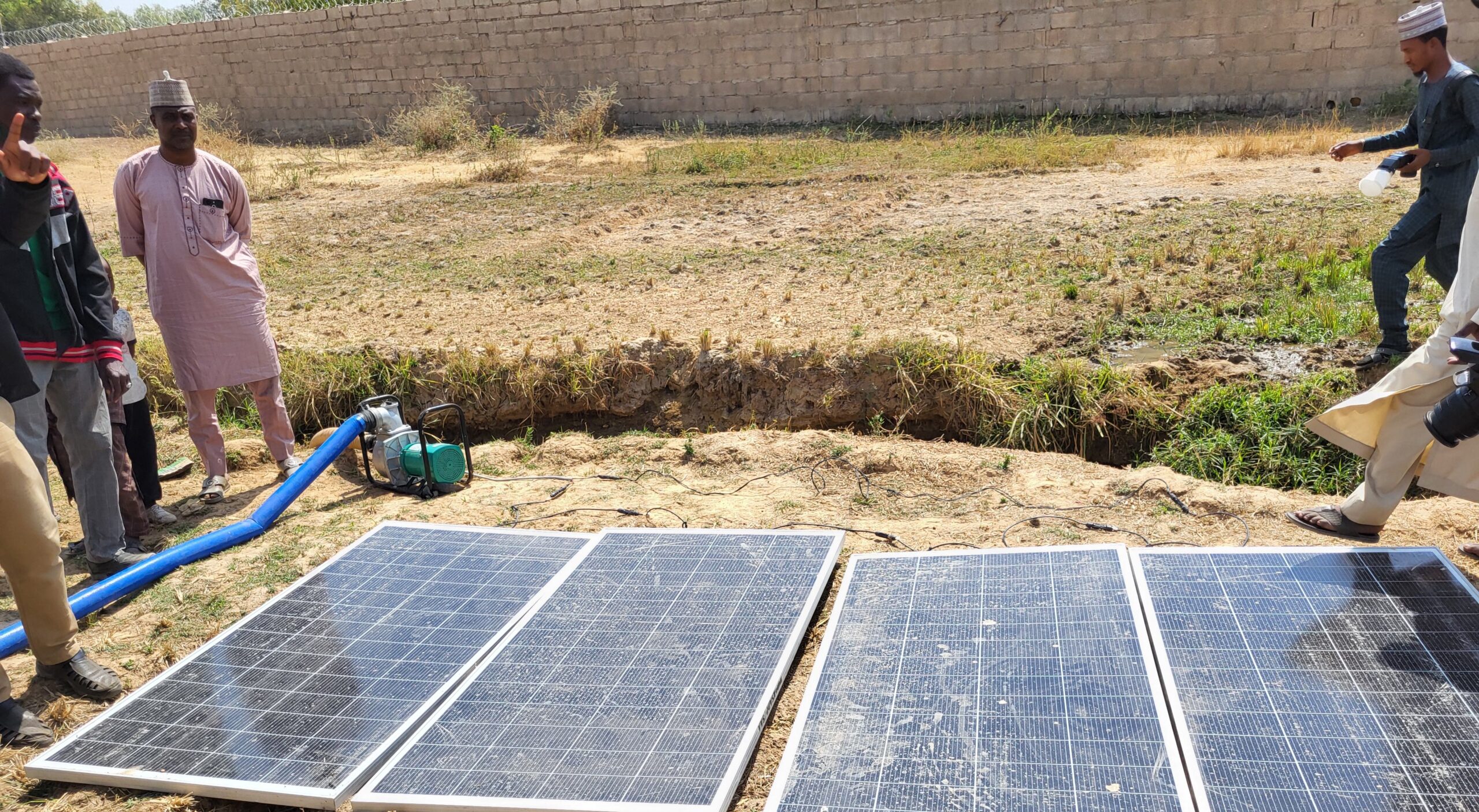June 20 is World Refugee Day, an international day designated by the United Nations to honor refugees around the globe and celebrate the strength and courage of those who have been forced to flee their home country to escape conflict or persecution. Migration, a recurrent and multidimensional phenomenon, is driven by various factors that either push people to move from their current location or attract them to a new one. In IFPRI’s 2023 Global Food Policy Report: Rethinking Food Crisis Responses, my colleagues Olivier Ecker, Peter Läderach, Jean-François Maystadt, and I delve into the growth of forced migration and its causes, consequences, and potential policy responses to improve outcomes. This blog post explores the significance of World Refugee Day and the complex dynamics of global migration.
Worldwide, one in every seven people is a migrant, whether a forced or voluntary migrant. Some key migration facts include:
- International migration has surged by 62% (107 million) over the past 20 years and a large share of migrants originate from rural areas.
- The number of refugees has doubled since the early 2000s, most of them hosted by low- and middle-income countries.
- 80% of displaced people have experienced acute food insecurity, a situation worsened by the COVID-19 pandemic.
- An important share of people displaced by climate change are women, who additionally face higher risks of violence.
- Forced migration may also translate into irregular migration – the movement of people outside the laws and regulations – for example, a record number of apprehensions were made at the US-Mexico border last year (triple the 2019 figure).
What forces people to move?
Forced migration results from climate change, armed conflict, criminal violence, and economic shocks, which are often interrelated and can lead to threat-multiplying effects. Recent examples of forced migrants include refugees displaced by the Syrian civil war and by the Russia-Ukraine war, the Rohingya people fleeing violence inflicted by Myanmar’s state forces, Venezuelan migrants seeking asylum to escape food insecurity and oppression, and people from Central America taking dangerous routes to the United States to escape violence and persistent poverty.
Migration, including even forced migration, constitutes an important adaptation strategy with potential benefits and costs. It should be regarded as a fundamental component of economic development, allowing individuals to seek out better opportunities or respond to economic incentives. Migrating whether voluntary or forced requires financial resources and social networks. As a result, those who stay behind because of “forced immobility” are often the most vulnerable.
What are the consequences of forced displacements?
The socioeconomic consequences of forced migration are diverse, and the current evidence is not fully clear. We need to consider the impacts for three groups: migrants and their families, sending communities, and hosting communities. For migrants themselves, migration may lead to higher incomes and improved livelihoods, while for their families who stay behind, remittances can constitute an important income source. This was particularly the case in Latin America, Africa, and Asia during the COVID-19 pandemic. Yet these positive effects can take time to materialize, and we need to keep in mind that migrants experience extreme hardship in their journeys (and some will even lose their lives). For sending communities, migration may reduce the workforce, potentially putting upward pressure on wages (especially in agricultural activities) and may increase women’s workload and sometimes also empower them. For hosting communities, the local poor (especially women) may face the greatest employment challenges in the short term due to the inflow of migrants. However, in the long term, migrants can contribute positively to local economic growth through market interactions with their hosts that benefit both the hosting community and migrants.
What can be done to improve the outcomes of forced migration?
Our chapter discusses several policy recommendations that can reduce the negative impacts and enhance the positive impacts of forced migration. These include:
- Broaden research. Given that migration is a multidimensional phenomenon, we need to broaden the scope of research to not only better understand migration causes and consequences in the short- and long-term, but also develop policies well-tailored to local contexts that expand the positive effects and attenuate the negative ones.
- Expand analysis. Adopting new analytical approaches, such as machine learning, and using geo-localized data sources can provide new avenues to fill in data and knowledge gaps and better understand key factors driving forced migration, including irregular migration, which is inherently more difficult to measure and analyze.
- Speed integration. We need to accelerate the transition from humanitarian aid – which is important in the short term – to development policy that promotes the socioeconomic integration of refugees and other displaced people into hosting communities and local labor markets, with special attention to the needs of displaced women.
- Align objectives. Social protection and climate action objectives need to be well aligned. In the current context — where climate change and conflict may be further aggravating global humanitarian crises and increasing forced migration— humanitarian and climate investments must mutually support peace, food security, and climate adaptation and mitigation.
- Address forced immobility. The problem of “forced immobility” – the situation of those who are not able to relocate after a negative event or shock – has received little policy attention. This issue should be prioritized, since often the most vulnerable, who lack resources and networks, are affected.
Overall, forced migration is a complex phenomenon that should be incorporated into the global development agenda, given its magnitude and importance for economic development. Migration, including forced migration, entails multiple challenges for vulnerable populations, but it also creates many opportunities. To help migrants as well as sending and host communities take advantage of these opportunities, migration should be treated as a key adaptation strategy that can support livelihoods, build resilience, and protect against fragility and armed conflict.
Manuel Hernandez is a Senior Research Fellow in the Markets, Trade, and Institutions Unit of IFPRI.
Referenced publication: Hernandez, Manuel A.; Ecker, Olivier; Läderach, Peter; and Maystadt, Jean-Francois. 2023. Forced migration: Fragility, resilience, and policy responses. In Global Food Policy Report 2023: Rethinking Food Crisis Responses. Chapter 7, Pp. 72-81. https://doi.org/10.2499/9780896294417_07







